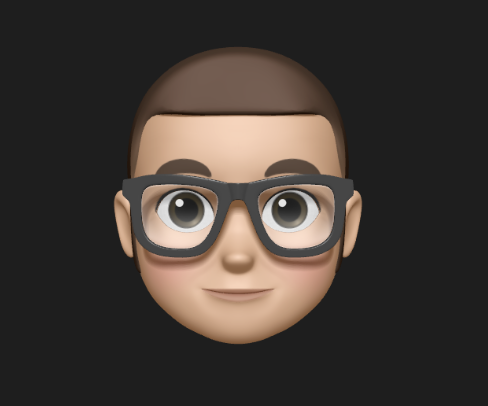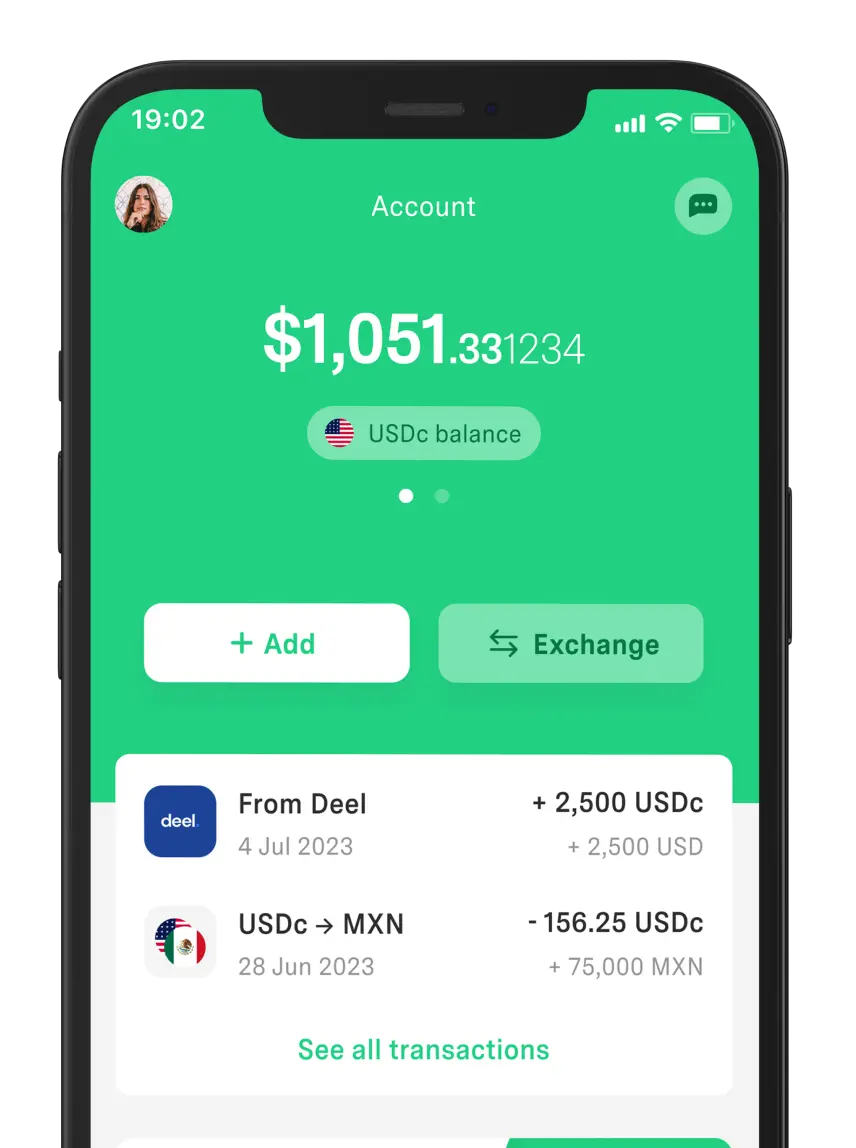 Freelancer tips
Freelancer tips Zoom: O que é, como funciona, recursos e como instalar
O Zoom é uma opção ideal tanto para uso profissional quanto pessoal. Descubra os recursos do Zoom e aprenda como instalá-lo no seu dispositivo.



Digital identity is the footprint we leave on the internet with every signup, post, or online transaction.
In an increasingly connected society, identity is no longer limited to the physical world. Today, you can build your digital presence through the information you share and the interactions you have online.
Its importance lies in the fact that it influences the trust and reputation of any user, independent professional, or company. At DolarApp, for example, digital identity is a fundamental pillar to guarantee user security and credibility.
Want to know more?
Stick around and discover what digital identity is and why it’s a key trust factor in the tech era.
It is the set of data, credentials, and actions that represent a person or company in the online environment. It’s not like physical identity, which relies on documents or tangible presence; instead, it’s built with every interaction on the web.
The main components of digital identity are:
Basic personal information that allows you to be identified (name, email, phone number, date of birth, etc.).
Digital credentials, such as passwords, codes, digital tokens, biometrics, or any data used to authenticate you.
Online activity, like posts, searches, purchases, and interactions that leave a digital trail.
Online reputation, which is the perception others have based on your behavior—or that of your company—on the internet.
All these elements, interconnected, build a unique digital footprint that is essential for moving confidently through the digital world.
Digital identity is not static or limited to a single channel. On the contrary, it evolves as you interact on the internet and use different digital services.
But those aren’t its only traits…
These are some key characteristics of digital identity:
Unique. Every person or organization has their own digital identity, even if it’s distributed across various platforms and profiles.
Dynamic. It changes over time based on your activity, decisions, and presence online.
Authenticable. It requires mechanisms to verify who is behind it, including passwords, biometric authentication, or tokens.
Connected. It’s linked to multiple platforms, apps, and services, which amplifies your reach.
These characteristics position digital identity as a key piece in modern interactions. However, as it grows and becomes stronger, it must be cared for with the same attention—and even more—than our physical identity.
There are many spaces and platforms where you can have a digital identity, from everyday use of social networks to financial operations.
Digital identity examples:
Social media profiles. The information you share, your connections, and your posts on sites like LinkedIn, Facebook, or Instagram are part of your personal and professional digital footprint.
Bank and fintech accounts. Financial apps (e.g., DolarApp) require authentication and digital identity verification to guarantee secure and transparent transactions.
Electronic signatures and digital certificates. Used to validate documents or access online services securely. For example, using your e-signature to pay fines or liabilities at the tax office or signing contracts on platforms like DocuSign.
Browsing history and app activity. These reflect your interests, consumption habits, and online behavior—for instance, the searches you make on Google or videos you watch on YouTube.
Work and communication environments. When you use platforms like Google Workspace or Google Meet, accounts are authenticated and activities are recorded, reflecting your professional presence in digital environments.
So digital identity goes beyond the personal sphere and becomes an essential element—both for operating and communicating, and for building trust in the virtual environment.
Just as a user leaves a digital footprint with every action online, companies also build their own identity. In this case, it includes how they communicate, interact, and convey trust to their audiences.
Their digital identity is reinforced through several key aspects:
Brand building in digital environments. They strengthen their digital identity through websites, social media, blogs, and campaigns that express their purpose and communication style.
Consistency in image, values, and communication. They maintain uniformity in design, messaging, and customer interactions—from a corporate email to a social post—which reinforces credibility.
Importance of branding and online reputation. Good digital branding management improves public perception, increases trust, and strengthens the company’s position against its competitors.
Software like Slack helps reinforce company culture and internal communication. It projects digital identity through corporate profiles that reflect culture, values, and levels of digital security.
Protecting digital identity is essential both at an individual and corporate level.
On a personal level, it supports trust, reputation, and professional opportunities. In the corporate environment, it leads to higher trust levels and lower risks.
So if you want to build a strong digital identity, you need to learn how to protect it, since every interaction leaves a trace.
You can do this by applying digital security practices such as:
Using secure passwords and/or multi-factor authentication. Combining letters, numbers, and symbols, and enabling two-step verification is the best way to reduce the risk of unauthorized access.
Avoiding the sharing of sensitive information. Don’t post your personal data, addresses, or official documents in public spaces. Doing so only makes identity theft easier.
Monitoring digital reputation. Check search results and mentions on social networks regularly to keep control of your personal or corporate image.
Relying on secure, certified services. Choose platforms that apply verification and digital authentication processes, like DolarApp, which ensures the protection of your financial and personal data.
Protecting digital identity is not a one-time action, but a continuous and responsible process.
It’s critical to be mindful of what you share, disconnect from the superficial, and focus on what truly adds value. Building deep work habits can help with this, strengthening both the security and quality of your digital presence.
Today, digital identity has become one of the most valuable assets of the technological era. Essentially, it represents who we are online and how others perceive us.
On a personal level, it directly affects how we project trust and credibility. For companies, it influences credibility, positioning, and relationships with customers.
In both cases, taking care of it and managing it responsibly is necessary to build a strong, consistent, and secure presence—especially knowing that every action leaves a digital trace.
To protect your digital identity, at DolarApp we rely on secure, encrypted technology. This way, you can make transactions in digital dollars or euros with confidence.
We also offer a fair and transparent exchange rate for buying and selling USDc and EURc.
It is the virtual representation of a person or company in the online environment. It’s used to identify yourself, access services, interact, and build trust on digital platforms and in professional environments.
It is unique, dynamic, authenticable, connected, it evolves according to what you do online, and it exists across multiple platforms. This allows information to be validated, reputation to be built, and secure relationships to be established in the online environment.
At a personal level, it shows up in social networks, professional profiles like LinkedIn, search histories, or accounts on streaming and digital banking apps. In the business world, it includes websites, intranets, collaborative platforms, and tools like Slack.
There are several preventive measures you can apply. For example, two-step authentication, the use of strong passwords, reviewing what information you share, and using certified services.
Sources:

Os países têm fronteiras. Suas finanças, não mais.
 Freelancer tips
Freelancer tips O Zoom é uma opção ideal tanto para uso profissional quanto pessoal. Descubra os recursos do Zoom e aprenda como instalá-lo no seu dispositivo.

 Freelancer tips
Freelancer tips A well-crafted executive summary concentrates the most important parts of a document so it can be understood in minutes. Here are the steps to create one.

 Freelancer tips
Freelancer tips Within content marketing, the blog is still key for visibility and trust. Discover 8 of its main benefits here.


